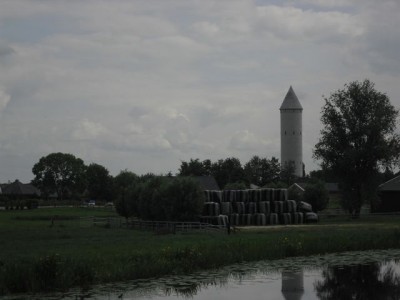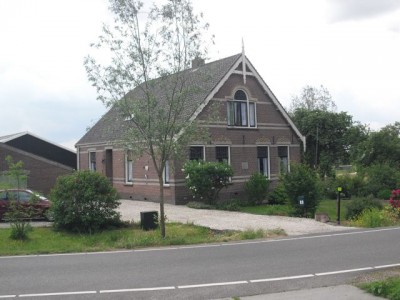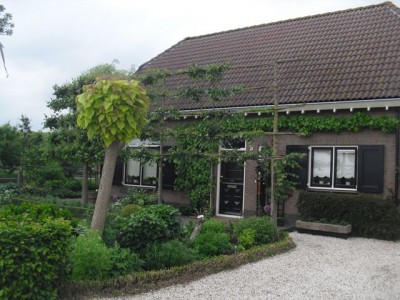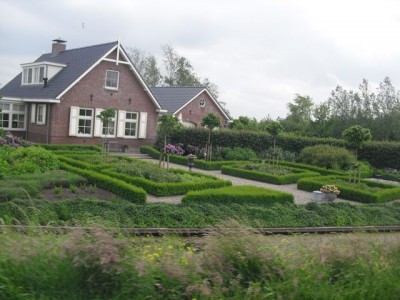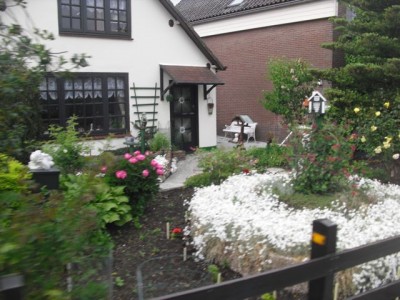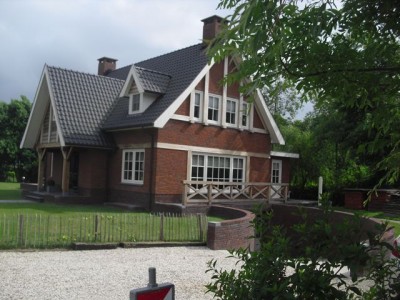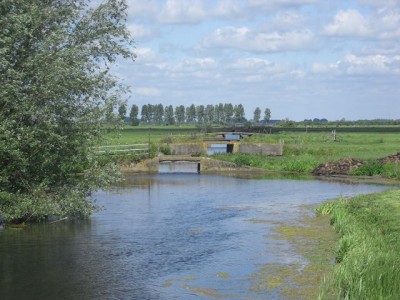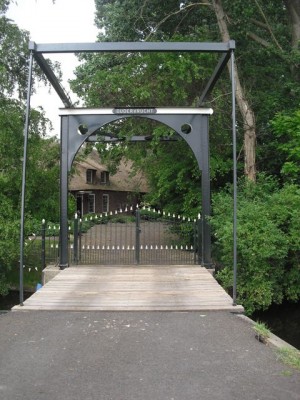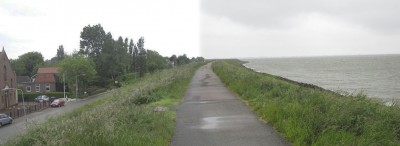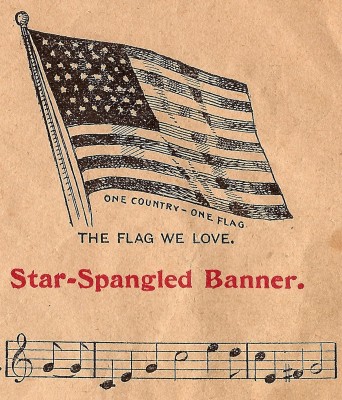Here’s something kinda fun; an Argus C2, my newest old camera find.
I picked it up for cheap at a local thrift store a while back, the latest in my decades-old penchant for old cameras. I think my collection — if it can be called that — started with my grandmother’s Brownie Hawkeye, which somehow ended up in my possession — I have no memory of exactly how — after she passed away.
I actually used that camera for a time; it didn’t produce terribly high-quality photos, but it was kind of a novelty in the day when Instamatic cameras were more the norm and 35mm cameras were the hot thing. Eventually it became more & more difficult to get film for it, and even more difficult finding a lab to process the film & make prints, so… On the shelf it went, along with some flashbulbs. How many people remember using flash bulbs?
From that start, I’ve been adding to the collection by keeping an eye out for old cameras at rummage sales, antique stores & thrift stores. There are now (I think) a couple dozen of them, plus some assorted light meters, lens filters, flash units, cases, etc… There are a couple of old movie cameras in the bunch, and a Polaroid camera or two. The newest “antiques” I have are a very early Fuji digital camera and an Apple QuickTake 100; in computer lifespans, they ought to be considered antiques by now. Finding a working computer they could interface with would be the big challenge now, so by that measurement, they qualify.
I was glad to find the Argus C2 though; I had another one like it years ago but gave it and a nice light meter to my brother-in-law as a Christmas gift. That was well before the ubiquity of digital cameras, and he actually got a fair amount of use from it (which was better than the shelf duty it served at my house!) The new(?) C2 is in slightly better shape (from what I remember of the old one), probably due to the heavy leather case and padding that came with it. It’s a heavy camera, built back in the day when heft meant “durability” and “quality”.
When I look at the old cameras, especially the 35mm cameras, I can’t help but admire the craftsmanship that went into them. These things were designed & built long before CAD was ever even thought of, and probably assembled by hand. The glass in the lenses was ground using really old-school technology, and even the tiniest metal parts… who knows how they were manufactured. Most were made of metal, with a smattering of paper products for the bellows and leather to dress them up a bit. It’s a wonder to me that the softer parts on these cameras have survived so many years in such good condition. Some of the lower-end cameras from the ’30’s – ’50’s used Bakelite for their cases; today’s cameras are mostly plastic with some metal, and lots of silicon for the electronics in them. If you were to drop one of the older cameras, chances are it would get scuffed up a bit but keep working; if it didn’t work you could often take it somewhere to get repaired. Today’s cameras — especially the under-$100 cameras — are for the most part disposable. Getting one repaired would cost more than replacing it.
For all the benefits and niceties of the older cameras, it would be hard to go back to film. The digital camera was really a game-changer in a lot of ways. In the mid-1980’s I spent a pile of money on a Canon T70 35mm camera and a couple of lenses for it. I could take some decent photos, but I never really put in the effort to learn all the tricks because with film you’d have such a time gap between when you set up a shot and when you’d see the result, not to mention the cost of the film and developing. With many digital cameras you can enable most all of the same controls as with a nice 35mm camera, but with digital you can see your results almost immediately.
That said, I still haven’t taken the time to learn many tricks with them; it’s mostly just point & shoot. Someday…




